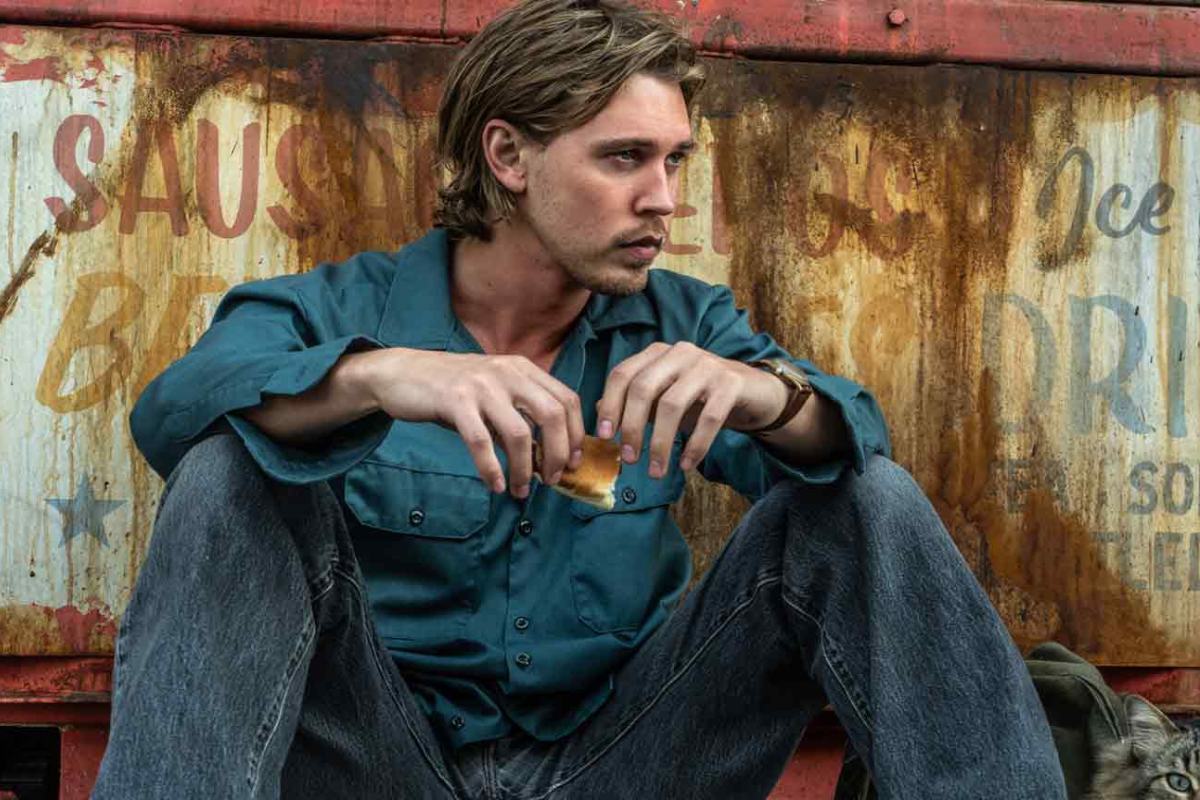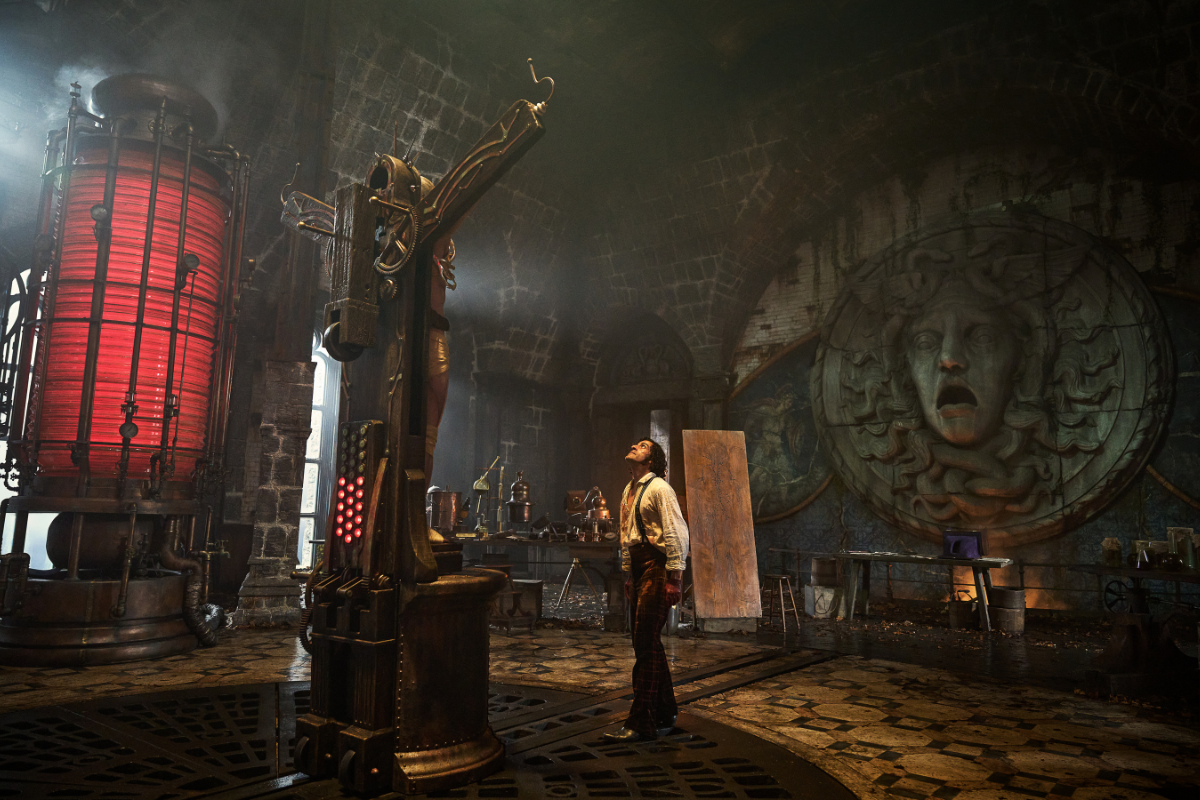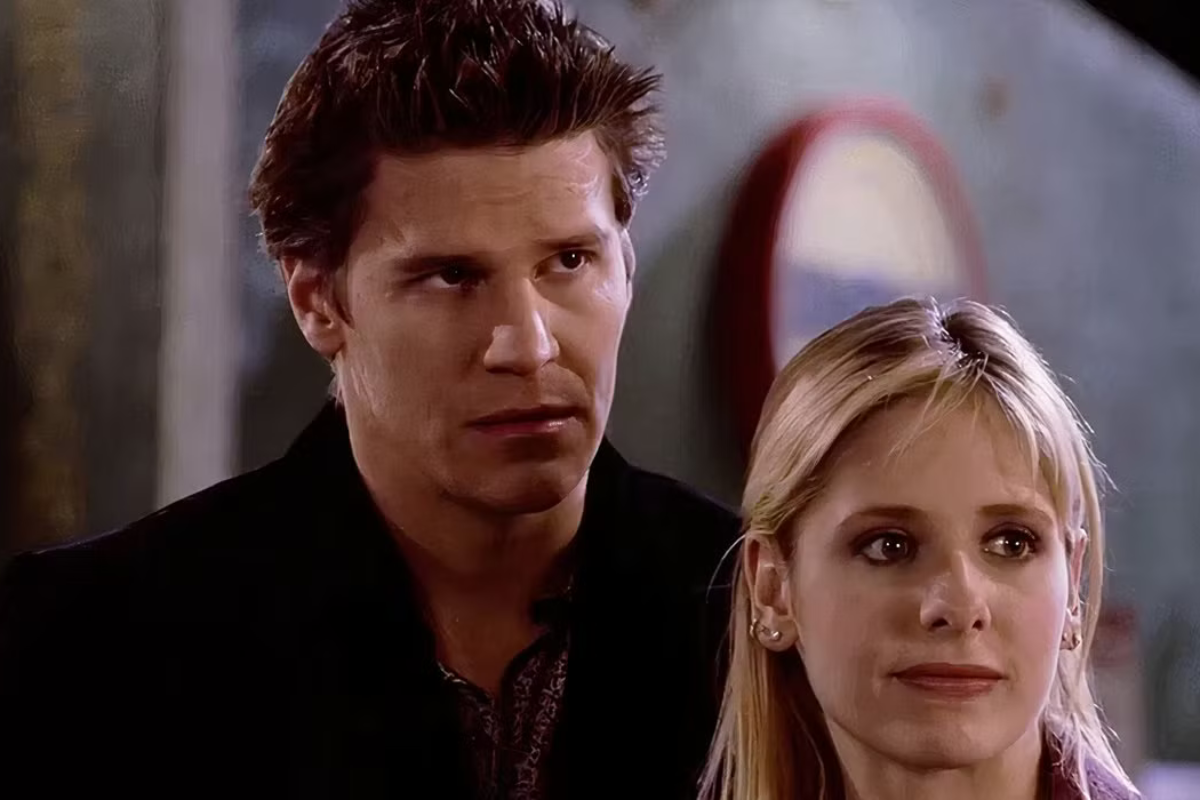What is Story?: The Importance of Story Obstacles
Without story obstacles, a movie will fall flat. After all, a story is nothing more than a character overcoming a series of conflicts in order to reach a desired goal.
Without story obstacles, a movie will fall flat. After all, a story is nothing more than a character overcoming a series of conflicts in order to reach a desired goal.
Seems a bit mechanical to think of a screenplay--or a story--as a series of obstacles. And for an even more simplistic view of screenwriting, a story is nothing more than a character overcoming a series of obstacles in order to reach a desired goal. Even more simplistic? Somebody wants something, and they have to go through hell to get it.
Perhaps the art of screenwriting is making the obstacles characters must overcome as organic outgrowths of conflict in general and the main character's objective specifically. A character wants something, and the harder it is to achieve it the more dramatic the story--allegedly.
In some stories, the obstacles are obvious. In a missing person story, the obvious obstacles are the questions, "What happened," and "Where is this person?" Naturally the main character must set upon a course to find the missing person and will encounter several obstacles along the way.
In other stories, sometimes obstacles are just made up--arbitrarily created to add suspense and conflict.
Can a writer really just throw rocks, walls and potholes at a character for the sake of drama? It would seem so. Actually, when it comes to rocks, in Indiana Jones, Indiana enters a cave on a quest to retrieve a valuable artifact. At first he must overcome a series of traps to reach the artifact. Just when he thinks the artifact is in his possession, he finds himself chased by what is clearly the biggest rock ever thrown at someone in the history of moviemaking. His goal, obviously, is to get out of the way of the rock to prevent being crushed. Spielberg and his writers further enhance the drama of the scene by having Indiana's rivals waiting for him at the cave's entrance just after he barely evades the speeding giant stone.
As for holes, in the movie, The Cave, the entire story revolves around and takes place in one very gigantic hole--a huge cave never before explored.
In Apocalypse Now, Captain Willard's boat was smothered in arrows. It could be argued the tiger scene was unnecessary. On the other hand, the tiger was but one obstacle the jungles of Cambodia presented as Captain Willard pursues his objective of assassinating Colonel Kurtz.
Bullets and bombs are a common obstacle in any cop, war or crime thriller. Animals are widely used too: spiders in Arachnophobia, apes in Planet of the Apes, an anaconda in Anaconda, an alligator in Alligator, and aliens in the Alien franchise.
For the sake of sounding contradictory, obstacles can very well be actual physical objects and animals arbitrarily placed in front of a character's path (or journey, quest, goal).
Obstacles can be anything. An enemy is the most obvious. Other obstacles might be failures, roadblocks (metaphorical and real), puzzles, mysteries, and challenges of all sorts. In politics, obstacles are referred to as red tape.
One perspective could be that life is a game. Learning to play the game is the obstacle, everything from selling drugs on the street to knowing how to behave in a strict academic environment to office politics.
Random examples of obstacles: stopping a meteor, getting out of prison; finding a killer; making a discovery; self-defense; defecting; getting home; finding love; finding a missing person; solving a crime; finding a cure; winning a game, running from the mob.
Ironically, obstacles really are not random. The obstacles a character overcomes must tell the story. The sequence of events may not necessarily be logical, but must be believable. In Apocalypse Now, at what point would the flurry-of-arrows attack take place as the boat travels up the river? When would the crew stop and get out of the boat only to be encountered by a tiger?
In overcoming obstacles there is growth: weak to strong; hate to love; sad to happy; wrong to right; becoming a better person; lies into truth; evil into good; becoming a better father, worker, citizen, lover, statesman; follower into leader; gaining understanding.
Obstacles occur externally or internally.
External obstacles are based on the laws of physics: A bat hitting a ball, the ball flying threw the air until gravity takes hold, a machine runs as long as the parts hold out or until electricity is turned off, cars run out of gas, people get tired and hungry.
The phrase, "One step up, two steps back," holds as true in plot design as it does in real life. Just when we think we're moving forward, something happens to pull us back. What holds us back causes pain, tension, stress, anxiety. We fight those things that hold us back. And the more we want something, the harder we fight for it. It could be as simple as fighting traffic on the way to work or as complex as overcoming a prison riot while trying to escape.
A non-linear approach to filmmaking is a good subject for debate. Film theory aside, stories and plot lines are linear. One thing leads to another. Time moves forward. What already happened is in the past and what has yet to happen remains in the future. Whatever we are doing now--in the here and now--is taking us somewhere into the future. Of course, time travel movies present their own unique set of obstacles, an opportunity to play with non-linear movement. But even in traveling to the past, the movie (story) progresses in a linear fashion.
Animation ups the ante when it comes to obstacles. Obstacles become more imaginary, or, it takes considerable imagination to come up with the obstacles a character faces. In Nemo, it's getting out of a fish tank, being swallowed by a whale, and navigating under water currents.
Obstacles usually pose a threat, particularly weapons, diseases, man-eating animals and monsters. Obstacles can also be an endurance test like scaling a prison wall or climbing a skyscraper (Mission Impossible). In Men In Black 3, Agent J has to jump off a skyscraper to initiate a time travel device. And of course, the "men in black" are under constant attack by aliens of all types.
Obstacles include physical limitations. In Unbreakable, Elijah Price (Samuel Jackson) is confined to a wheelchair. Meanwhile, security guard David Dunn (Bruce Willis) faces a son about to shoot him under the belief his father can't be hurt. In the Amazing Spider-man, the entire premise revolves around Dr. Curt Connors--the Lizard--overcoming human weakness by developing a process that starts with regenerating his missing arm.
Of course, the greatest obstacle of all is the antagonist, determined to stop the protagonist from reaching his/her goals at any cost. The antagonist, as an obstacle, serves as the very heart of conflict. So in addition to external and internal obstacles, the antagonist is continuously placing obstacles in the path of the lead character, especially when being pursued.
A boss gets greedy. A wife is jealous. A best friend wants the same girl/guy. A doctor performs illegal operations. A terrorist plants a bomb. A Wall Street financial advisor cheats 1000s out of their investments. A soldier is shot by a member of his own platoon. A politician uses a baby as a shield against a sniper. A loved one is taken hostage.
Internal obstacles are no less dramatic, but not as readily visible as physical obstacles. A low-level executive struggles against feelings of failure and low self-esteem. A soldier on the battlefield lacks courage. A young boy sees dead people. A parent is clueless about raising children. A new girlfriend suffers from years of sexual abuse at the hands of her father.
Virtually every protagonist suffers from some kind of moral dilemma and/or human weakness in addition to all other obstacles. The following definition of a story illustrates the role of obstacles: "A flawed character overcomes seemingly insurmountable obstacles in the pursuit of a goal." If the character was perfect, obstacles are meaningless. Character growth--the character arch--happens when a character overcomes obstacles larger than the self. Suspense comes from the audience wondering how the hero will overcome something, especially if so many others before had failed to do so.
Internal conflicts--or obstacles--can be thematic. A nun wants sex, but her religion forbids it. An upper class teenage girl falls for an impoverished drug dealer. A lawyer knows the client is guilty. A politician finds himself on both sides of a political fence.
Virtually all the problems in the world are obstacles, from greed and selfishness to hate and apathy. Some seek power and will do anything to get it. Most everyone struggles with sex and money issues even when there's an abundance. Social stratification pits poor against rich, black against white, Muslim vs. Christian, Republican vs. Democrat. We all battle the forces of evil, manmade or divine. We all get old. We all die. Meanwhile, we all want a better life for ourselves, our love ones, even altruistically, in the hopes we can do something that makes the world a better place. This is, in part, what makes criminals and other evil types sympathetic, on the belief that no one is all bad. And for a writer, turning bad people into sympathetic characters is an obstacle in and of itself.
Related Articles:
- More What is Story? articles by Jerry Flattum
- Notes from the Margins: What Football Has That Your Script Needs
- Story Structure: The Evolution of an Idea into a Script
- What is Story?: Story Types, Plot Types, Themes & Genres
Tools to Help:
- 500 Ways to Beat the Hollywood Script Reader
- Writing a Spec Script that Launches Your Career On Demand Webinar by Corey Mandell
- How Professional Writers Structure Their Scripts On Demand Webinar by Corey Mandell
GET YOUR FREE 'HOW TO WRITE A SCREENPLAY' WEBINAR!







